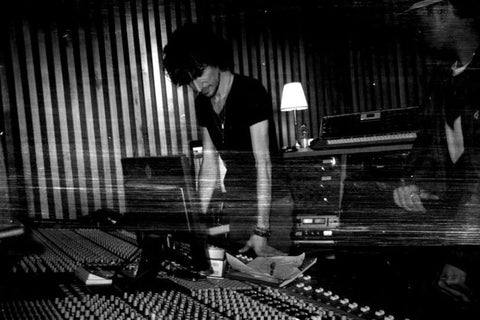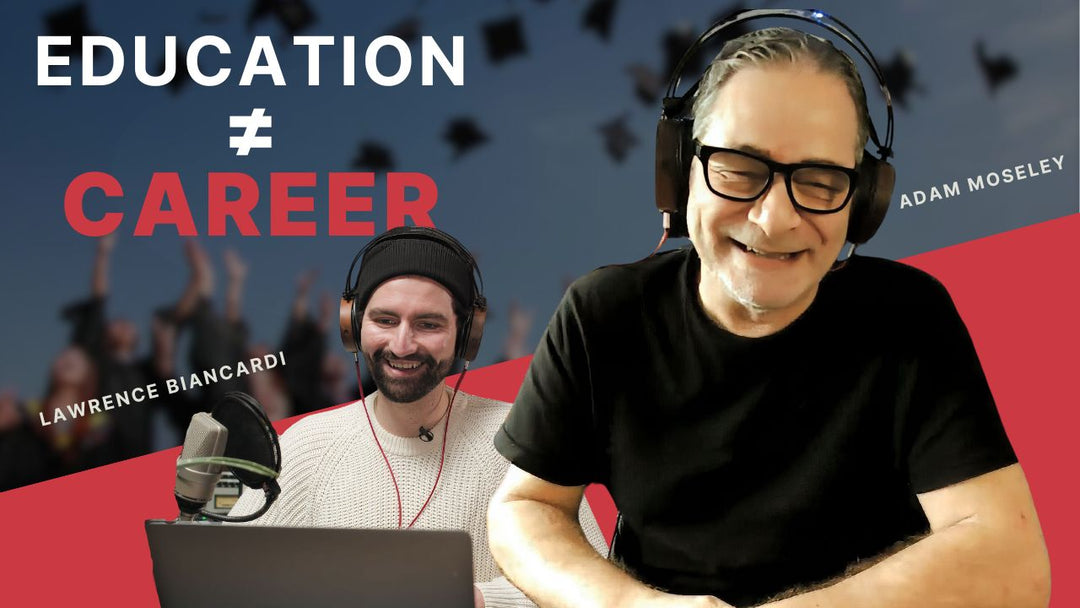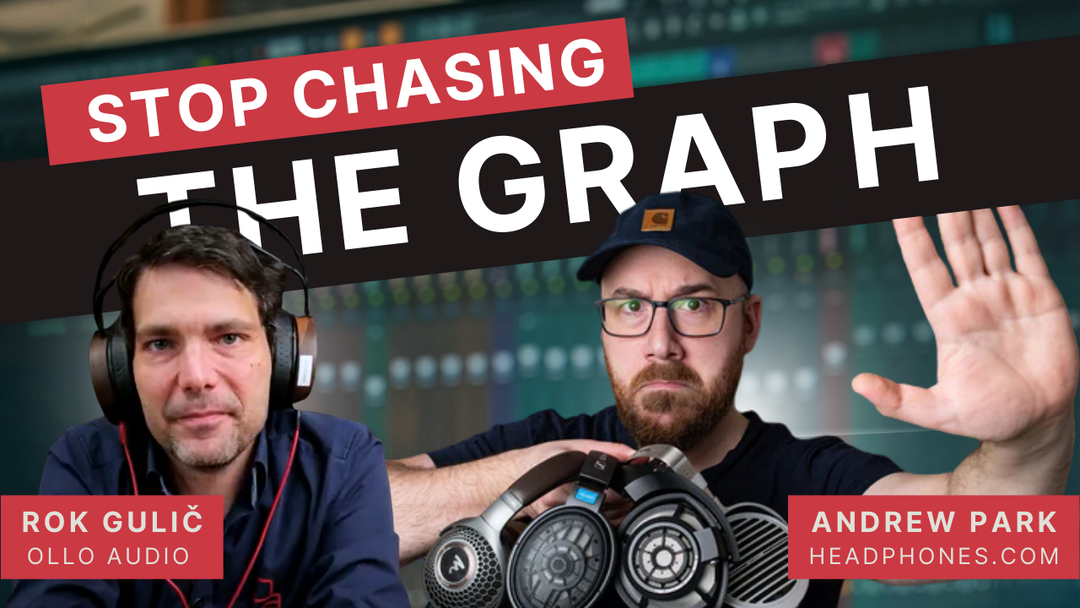Mixing 300 stems in a single song
NOTE: This transcript is a short version of the conversation, listen to the whole thing on any podcasting platform.
GUESTS: KEVIN MCCOMBS (Papa Roach) and WILLIAM ROBERTSON (Will.I.am, Mick Jagger)
OLLO: What are the two things that anyone trying to tackle 300+ stems sessions should consider first?
Kevin: Anytime we are mixing such a high count of stems it’s from our session, not really receiving them from anyone else. We’re responsible for that and that means they are all already in the session, already marked and we know what is what and why there are so many stems to begin with. First thing is to make sure everything is labeled and colored. It’s actually the same thing as any mix, it’s just more stems. You can approach it in the same way as any mix. We start with the drums and move on to the low end and then to mid range and vocals. Largely it’s the same approach.
OLLO: What are the two things that anyone trying to tackle 300+ stems sessions should consider first?
Kevin: Anytime we are mixing such a high count of stems it’s from our session, not really receiving them from anyone else. We’re responsible for that and that means they are all already in the session, already marked and we know what is what and why there are so many stems to begin with. First thing is to make sure everything is labeled and colored. It’s actually the same thing as any mix, it’s just more stems. You can approach it in the same way as any mix. We start with the drums and move on to the low end and then to mid range and vocals. Largely it’s the same approach.

William: It’s true that this is sometimes our own craft of piling up 300 tracks, but that count is what we usually get in from other productions. I agree with Kevin, it’s very similar to mixing a normal size mix. When you manage to mix down all the tracks to bus channels, it’s a very normal mixing situation. The only thing is, it gets complicated to have all these layers working together. It’s easy to bus things together, but to bus together things that work well together, that’s the trick. To get the buses to work nicely, so you don’t have to fight them.
OLLO: Is it important to design a project session before you even start clicking away?
William: It’s mandatory! You need to have a color coding system, that is easy to understand to you. Always the same color for the same things. This goes for labeling as well, same labels every time so you save time knowing what is what.
William: It’s mandatory! You need to have a color coding system, that is easy to understand to you. Always the same color for the same things. This goes for labeling as well, same labels every time so you save time knowing what is what.
Kevin: The thing we end up doing to make it the most digestible from the start is finding multiple sources that constitute the same sound. For example guitars that have 3 microphones/stems can easily be bussed. If possible I commit to things early and hide the stems that are not needed. Once I settle on the balance between two mics I don’t want to think about it again, so it’s ok to bounce it down and hide what’s done. Commit to the decisions that you’ve made! It’s the only way to stay above water when you’re dealing with so many stems. My personal record at this time is 440 tracks.
OLLO: This begs the question, can you run this from a laptop?
Kevin: Committing to decisions and printing to stereo files helps with organizing but it also releases your computing resources. As long as you trust the decisions you’re making you can commit to things and reduce the load on the CPU. We use UA plugins and that’s essentially another CPU just for that, but that is fully employed only when we have a high count of vocal tracks that require complex plugin chains on every track.
OLLO: What about a hybrid mix? How do you make decisions about what to send to analog and what to keep in the box?
William: It’s the same mindset as committing tracks with buses and processing in the box. You just take it out to analog and back in. I like my sessions to be easy for the CPU so I really work hard on committing and printing a lot of tracks down, even analog. “William continues to explain in depth how to use phase reversed tracks to make minor changes to already printed tracks, listen the full podcast”

(William Robertson)
OLLO: Do you mix on your own or do you work with producers or artists when you make these decisions?
Kevin: I work with producer and we are intimately involved in every project. We’ll go back and forth. For the most part, we trust each other but there is this system of double checking with each other.
OLLO: Is it better to have an artist involved or do things on your own and present when finished?
Kevin: Artists in the room won’t typically have the same vision of something if you press play on stems that are not complete yet. It should sufficiently look and feel as it should before the artist comes in for a check.
OLLO: When you mix down these few buses, how does the session look like? Is it still like 20 or more buses?
William: Most of the time it’s still a-lot of buses and even buses going to other buses. Usually it’s buses for the main part; guitar rhythm, guitar addons, bass, sub bass, drums, percussion, synths, SFX, lead vocals, back vocals, keyboards (not same as synths), acoustic guitars etc.
OLLO: We lost connection with William, Kevin can you add something to this?
Kevin: Yes, we have almost the same approach as William described. You need to think in terms of categories otherwise you can’t adjust anything as every change would require moving 50 faders at once. Also helps with a more global processing approach and CPU power release.
OLLO: What if you’re mixing 300 stems for Dolby? Is there a different approach?
Kevin: My philosophy would be the same. Dolby in its core is a panning processing. I think the approach should be the same. Mixing in Dolby should still sound like music. It depends if music is made with Atmos in mind and that is very different from taking a stereo mix and taking it into Dolby Atmos.
OLLO: William thanks for joining us again, what are your thoughts on Dolby Atmos?
William: Making sure that the processing is printed in when you use buses or VCA channels. In a Dolby you have objects and you have a bed. If you use processing on buses it’s very strict workflow to translate that to Atmos. Also keeping the same overall feel of stereo mic and Atmos mix is a struggle.
OLLO: Thank you both for sharing your experience with us!




